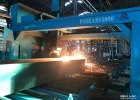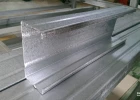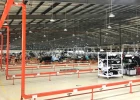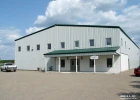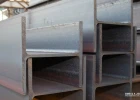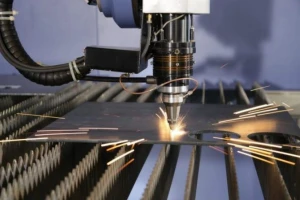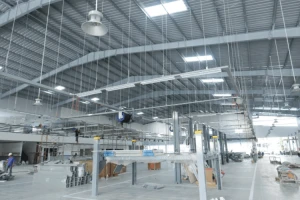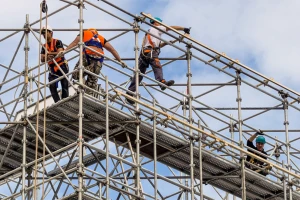Steel structures and the evolution of metropolitan transport networks
Metropolitan transport networks have evolved over time to meet the increasing demands of urban areas. Steel structures have played a pivotal role in this evolution, offering a robust and versatile foundation for the development of efficient and sustainable metropolitan transport networks. This article shall explore the contributions of steel structures to the evolution of metropolitan transport networks.
1. The importance of steel structures in the evolution of metropolitan transport networks
Steel structures in transport networks have significantly improved the efficiency of urban transportation in several ways:
1.1 Enhanced connectivity
Steel bridges, tunnels, and elevated structures have played a crucial role in connecting different parts of a city, and overcoming natural barriers. By providing efficient links between previously disjointed areas, steel structures have reduced travel distances and improved connectivity, enabling smoother and more direct routes for commuters and goods.
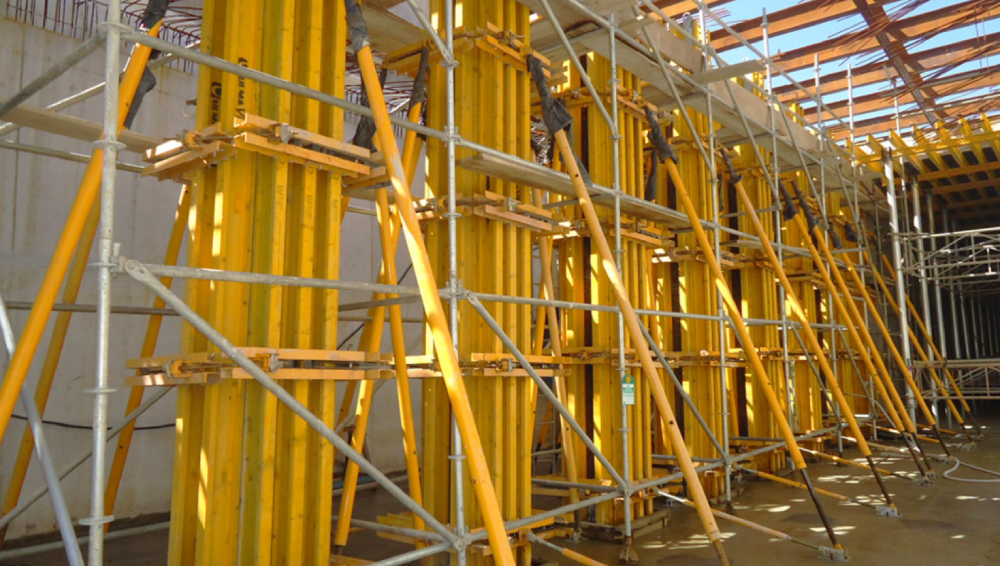
1.2 Increased capacity
Steel structures have facilitated the expansion of transport networks by providing the ability to accommodate higher volumes of traffic. Steel bridges and elevated structures allow for the construction of additional lanes or tracks, increasing the capacity of roadways and rail systems. This helps alleviate congestion and ensures that the transport network can handle growing urban populations.
1.3 Streamlined traffic flow
Steel structures, such as elevated highways and rail systems, offer elevated pathways that separate transportation modes from surface-level traffic. This separation reduces conflicts between vehicles, pedestrians, and cyclists, leading to improved traffic flow and reduced congestion. By minimizing interactions and delays at intersections, steel structures enable smoother and more efficient movement within the urban environment.
1.4 Efficient use of space
Steel structures allow for the efficient utilization of limited urban space. Elevated highways and rail systems, supported by steel structures, make use of vertical space, freeing up valuable land for other purposes such as parks, buildings, or pedestrian walkways. This vertical integration optimizes the use of available space, particularly in densely populated areas.
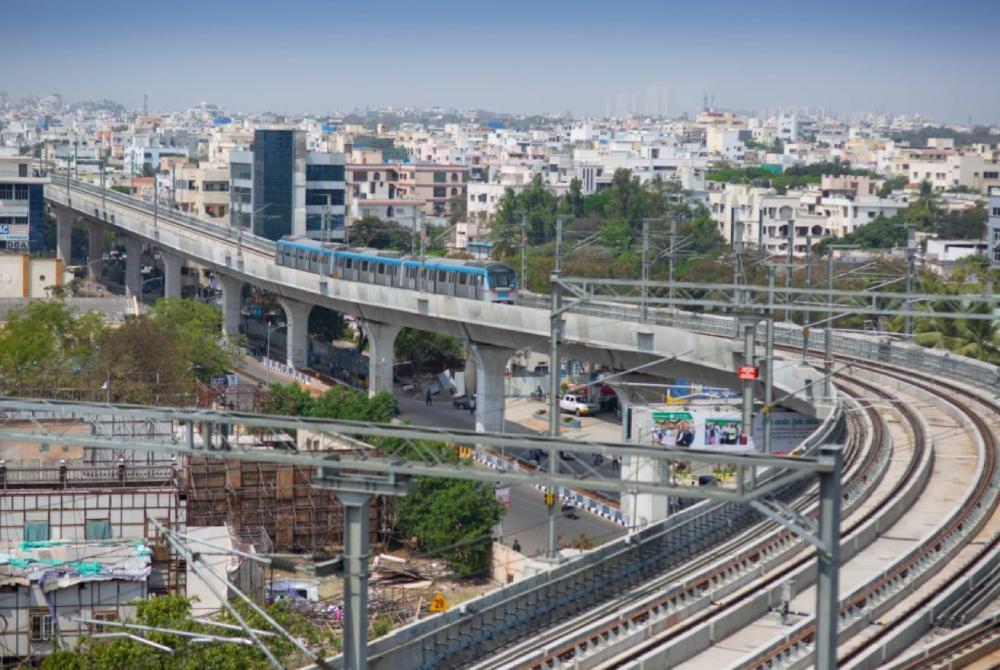
1.5 Faster travel times
Steel structures enable the creation of direct and efficient transportation routes. Bridges and tunnels reduce travel distances by providing shortcuts across water bodies, valleys, or congested areas. This results in reduced travel times, allowing people and goods to reach their destinations more quickly and efficiently.
1.6 Integration with public transport
Steel structures have facilitated the integration of different modes of public transport within urban areas. This integration enhances the overall efficiency and accessibility of public transport, providing commuters with convenient and well-connected travel options.
1.6 Resilience and maintenance
Steel structures are known for their durability and resilience, requiring less maintenance compared to other materials. This characteristic minimizes disruptions due to maintenance activities, resulting in fewer road or rail closures and ensuring the continuous operation of the transport network. The robustness of steel structures also allows them to withstand extreme weather conditions and seismic events, further enhancing the reliability and efficiency of urban transportation.
2. Some typical steel structures in metropolitan transport networks
Here are some examples of how steel structures have contributed to the evolution of metropolitan transport networks:
2.1 Iconic steel bridges - Sydney Harbour Bridge - Sydney, Australia
The Sydney Harbour Bridge is a renowned steel arch bridge that spans Sydney Harbour, connecting the central business district with the North Shore. It has become an integral part of Sydney's transport network and a significant tourist attraction.
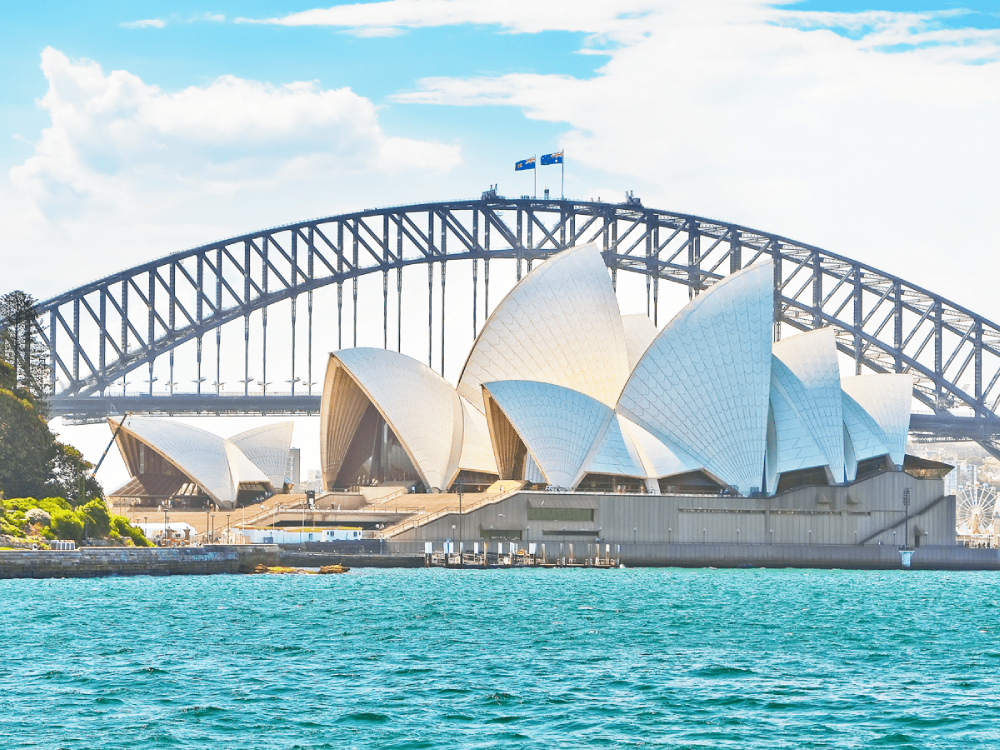
2.2 Elevated steel rail systems - Bangkok Skytrain - Bangkok, Thailand
The Bangkok Skytrain is an elevated rapid transit system that utilizes steel structures to provide efficient transportation in the congested urban environment of Bangkok. It has significantly improved connectivity and reduced traffic congestion in the city.
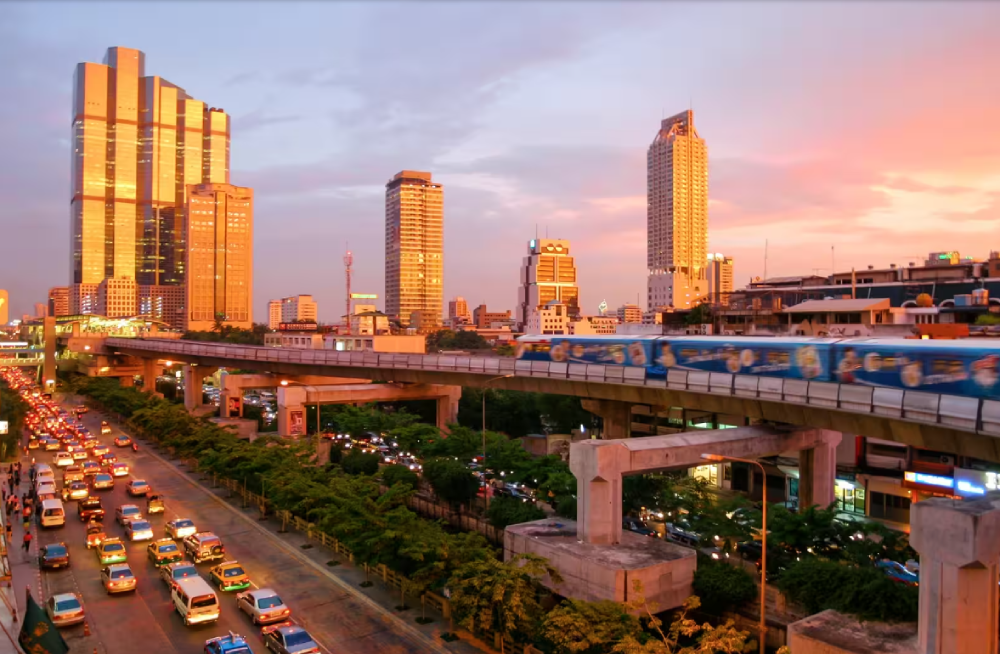
2.3 Steel tunnels - Tokyo Metro, Tokyo, Japan
Tokyo Metro is a vast network of steel tunnels that comprises multiple subway lines, connecting various parts of Tokyo. The extensive use of steel structures in the construction of these tunnels has played a vital role in supporting the city's massive transportation needs.
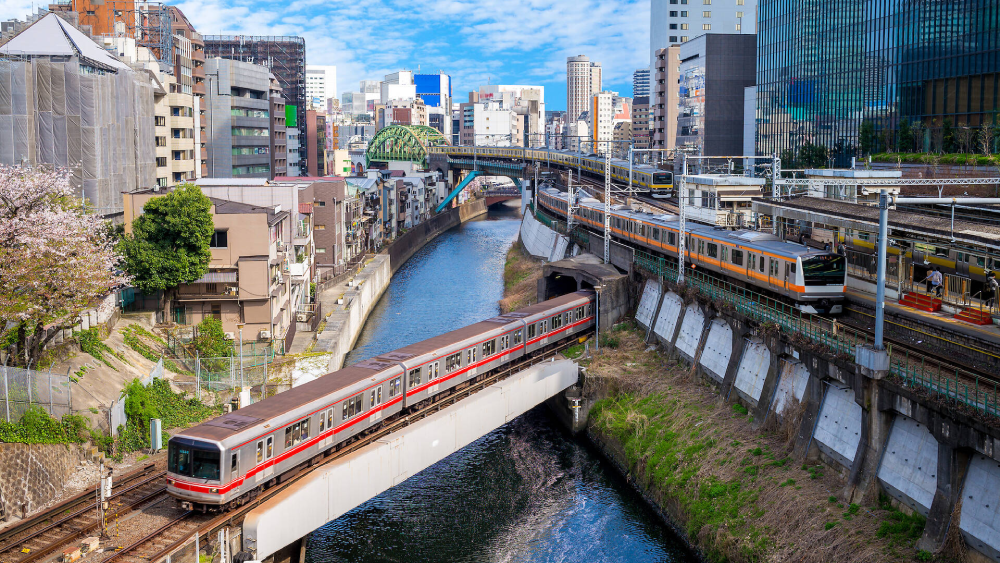
2.4 Interchanges and transport hubs - Grand Central Terminal, New York City, USA
Grand Central Terminal is a historic transportation hub in New York City, featuring steel structures that support its iconic architecture. It serves as a significant interchange for commuter trains, facilitating seamless travel people in the city.
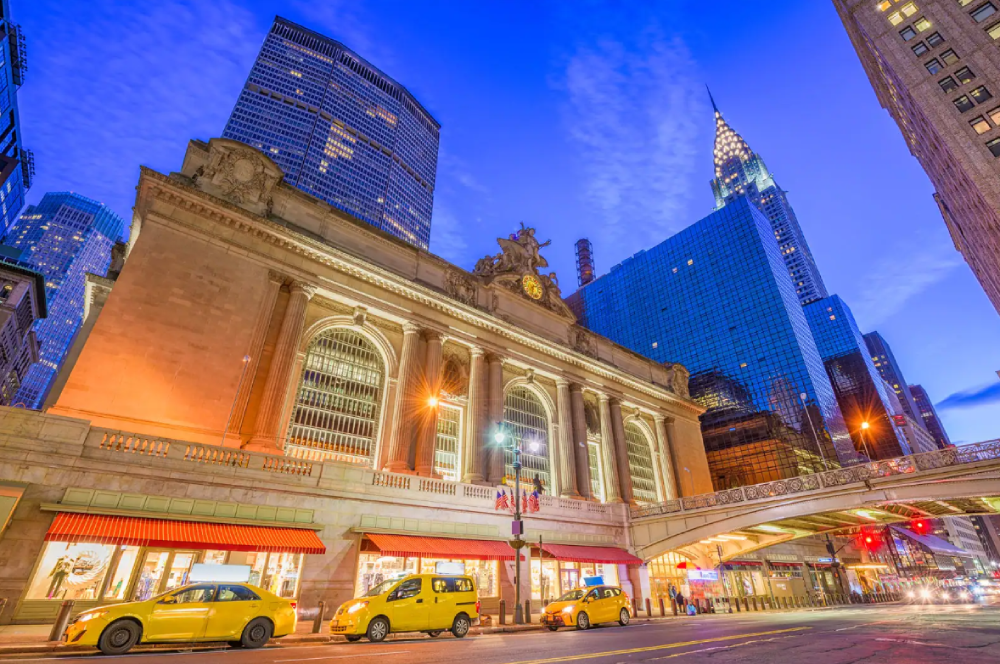
3. Technological advancements and future possibilities of steel structures in metropolitan transport networks
Steel structures in transport networks have been adapting to emerging technologies such as intelligent transportation systems and electrification. They incorporate sensors, communication devices, and data collection systems for real-time monitoring and management. Steel structures also support future transport trends like autonomous vehicles and aerial transportation networks. In terms of sustainability, steel structures promote intermodal connectivity and eco-friendly energy. Overall, in the future, steel structures will still play a crucial role in creating efficient, resilient, and sustainable urban transport networks.
Above is some information regarding the importance of steel structures in the evolution of metropolitan transport networks. Hopefully, this article has provided you with helpful information. Visit BMB Steel’s website to read more about pre-engineered steel buildings and steel structures. You can also contact us for design consulting and steel production services.









